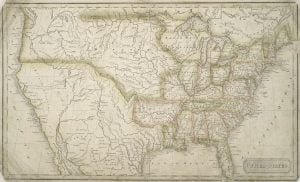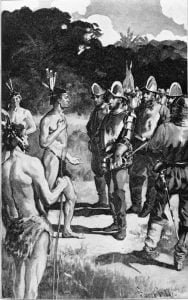Agriculture of the Coastal Native Americans
Anthropological literature from Florida is awash with statements that presume the coastal peoples of Georgia and South Carolina were primarily fishermen, hunters and gatherers. This may have been the case for many ethnic groups in the coastal regions of the Florida Peninsula, but was not true for many areas of the Georgia and South Carolina coast. The primary reason listed by René Goulaine de Laudonniére for not placing a French colony on the coast of the Florida Peninsula was that the soil was infertile and the climate, hot. On the first voyage he had noticed that the coast was sparsely … Read more




